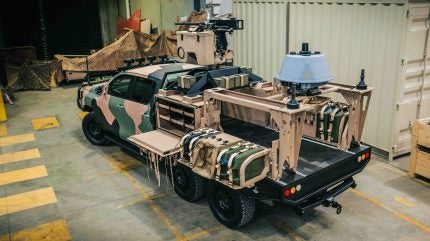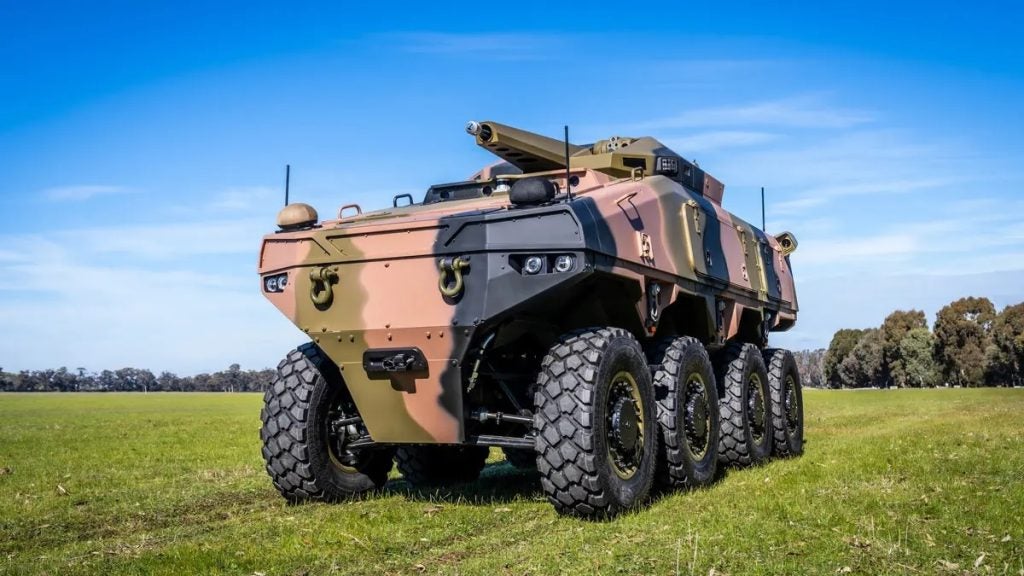
Defence vehicle provider Supacat has unveiled its new Medium Utility Vehicle (MUV) at the recent Land Forces 2024 event in Melbourne, Australia, intended to fill a portfolio gap between the existing HMT and ATMP platforms for use as a general utility vehicle.
The 6×6 Supacat MUV features a flexible load bay to accommodate a variety of payloads up to 3.5 tonnes and has been developed to maximise commercial off-the-shelf components to reduce unit price, the company stated.
In addition, the MUV can be re-rolled in response to emerging technologies and equipped for very high readiness defence forces, as required. During the Land Forces event, the Supacat MUV demonstrated a number of possible payloads.
Matt Grech, Supacat Head of Future Business, said: “We believe the MUV will find favour with regional forces seeking to maximise capability while being able to support the product locally from existing resources and infrastructure.”
While the platform was unveiled in Australia and pitched to regional markets in the Asia-Pacific region, the MUV could have applicability in Europe, with countries such as the UK also seeking to modernise its light logistics fleets.
Supacat involved in BAE Systems’ ATLAS combat UGV
Meanwhile, Supacat also revealed it own participation in the development of the BAE Systems ATLAS Collaborative Combat Variant (CCV) uncrewed ground combat vehicle, also showcased at Land Forces 2024, which incorporates a drive module developed the UK company on the back of its HMT vehicle.
BAE Systems’ decision to select Supacat would “maximise commonality of supply chain and support” as well as “minimise the developmental risk”, given the commonality of the platform, Supacat said.
The ATLAS CCV has been optimised for high levels of autonomy, providing both on-road and off-road mobility that aligns with crewed counterparts, including infantry fighting vehicles, and main battle tanks, company literature states.

Commenting on the ATLAS platform, Nick Ames, Group CEO, Supacat, said: “This mobility platform integrated with BAE Systems’ autonomy and program management, and Valhalla turrets capability, has created a unique unmanned ground vehicle.”
Further, Ames said that in the “modern battlefield”, crewed systems remain “highly vulnerable” and as such there was a “strong need” for uncrewed capabilities.





